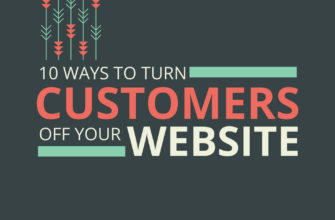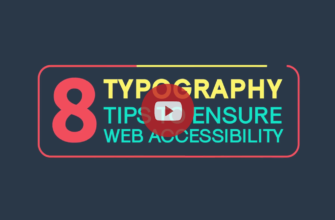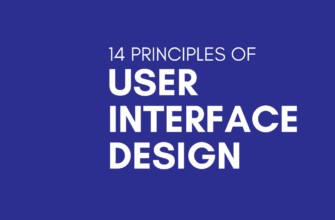New and exciting things are happening on the user experience design front. Tech companies and startups have moved away from designing user interfaces that they think were better for everybody to a more user-centric approach of user experience. A lot of innovation in this space has happened such as the emergence of flat design, intuitive touch-based controls, etc. as technology becomes ever so accessible year by year. All of these design techniques and principles rely on one cardinal rule – the user is king no matter what.
In such a backdrop, Lean UX was born, a practical process that relies on feedback from the audience instead of the head honcho at a top tech firm. It represents democratization of design, ensuring faster (and more meaningful) design changes to products where deliverables aren’t important but the overall user experience is. Simply put, its focus on users having say over how the product/app/service performs is an interesting process to say the least.
Lean UX relies on a simple premise – think -> make -> evaluate.
What does that mean for user interface designers that are used to bosses, internal Q&A testers, devs, designers, and customers that are part of how things have always been designed?
Lean UX cuts a lot of those factors, relying only on a designer-cum-developer and the audience to create and iterate until they get the user experience just right. That’s not to say that lean UX is lazy UX. Lean UX has a lot of considerations riding on it.
For starters, it’s about ensuring collaboration in design that is only and only focused on solving user problems. That means lean UX values customer validation above all in the end product.
And what’s more, with certain extraneous variables removed from the design and development phase, lean UX is cost-effective and fast compared to traditional app or product development lifecycle, making it preferable to startups.
To find out more about how Lean UX works and how does it stake up against the alternatives, have a look below:



